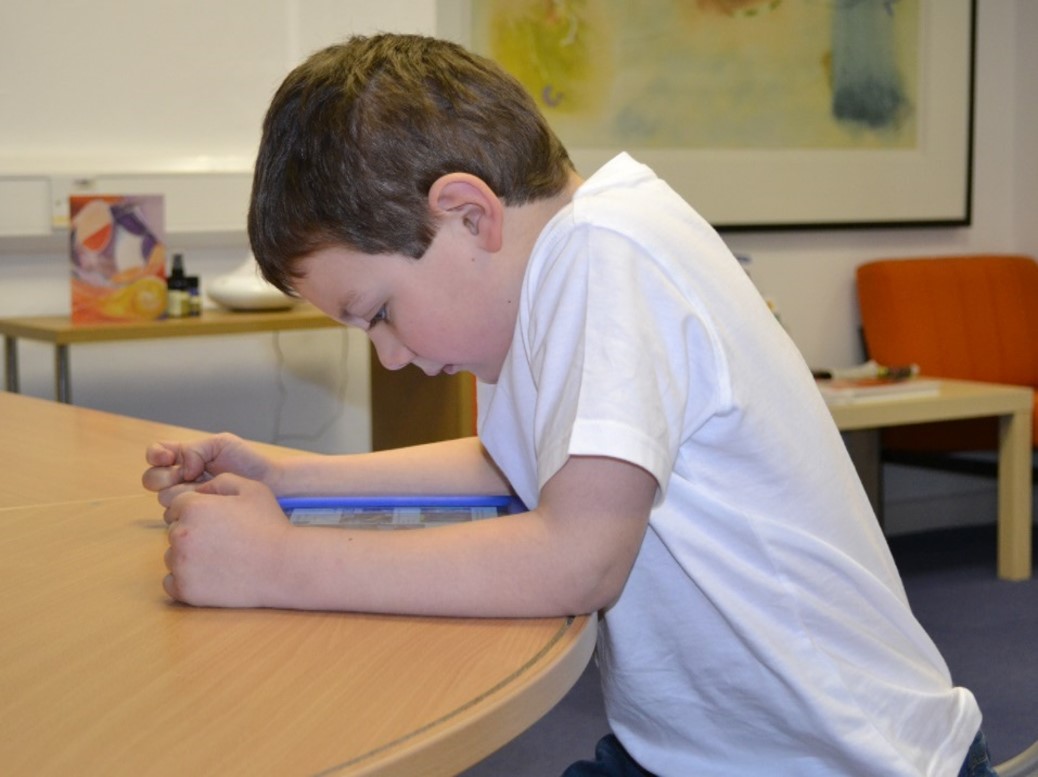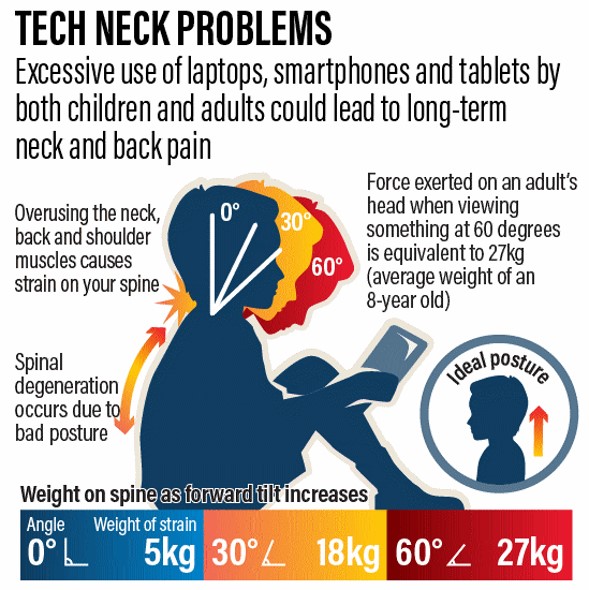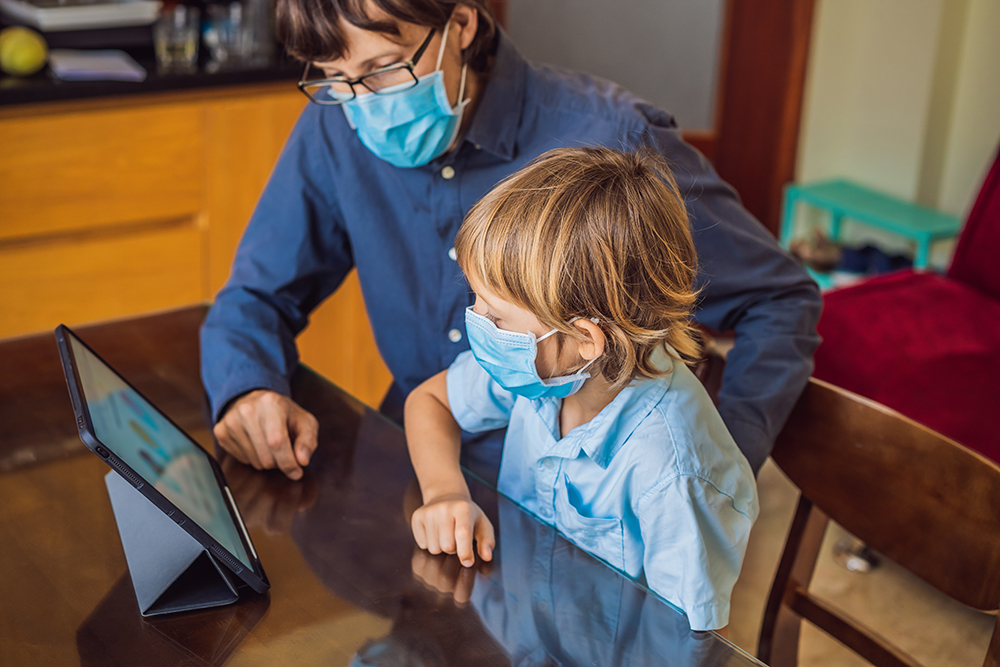




Health Information



Long Screen Time “Rules” in COVID-19, Posture is the Key
Written by Sweta Boghra
-
COVID- 19, the mayhem has led to a third of the world’s population coming under some form of lockdown, thereby forcing most of us to work from home. While it does sound relaxing and highly productive, it would probably not be the same with a few tiny little ones, playing and jumping around.
Screen time challenge
Many working parents are facing challenging situations without access to babysitters, play dates and most of the other entertainment activities that generally keep the children engaged outside the house. Keeping the young ones at home is an even bigger challenge in a cramped-up space. Probably the best deal one could strike to get some focused work time is giving the children your phone or tablet for a few hours to keep them engaged.
On a normal day, a child spends around one to three hours with electronic gadgets, so during these homebound times, it would probably be way higher. Without allowing the information that will now be shared to send you on a guilt trip, please do look at some facts, before leaving these little warriors with electronic gadgets for a very long time. Additionally, one could also make the necessary corrections that would help both parties.

Postures matters
A semi-reclined position is the most preferred by everyone, irrespective of age when using gadgets for a long duration7.

If a sitting posture is made compulsory, most kids including adults, end up slouching over the table.

The normal weight of the head in an ideal posture, increases to six times with just an increase in one inch of neck flexion1.
The use of tablets increases this angle more as compared to the use of a desktop, and places a higher load on the muscles2.
This difference is mainly because tablets and phones are mostly placed horizontal while in use and are below eye level.
Children do experience discomfort in the neck region due to bad posture and the chances of developing musculoskeletal issues are more cause for concern as they are still in the growing phase4.
Additionally, research shows that there is a direct relationship between the use of electronic devices and negative musculoskeletal outcomes5 .
Small changes make the differences
Some basic changes may help now and in the long run.
- Avoid holding the device in hands, place the device on a table and propping it more vertically reduces the muscle activity and neck flexion angles3.
- If a table is not available easily, any form of an armrest while using a phone or tablet would reduce the biomechanical load on the shoulder and neck 3,6.
- If a sofa is the only option, guide the children to sit further behind to place their backs against the sofa back. Place a few pillows on their lap and keep the phone on it (vertical would be better).
- Plan frequent breaks that include some moving time like a few jumps, a run or a water break to avoid static postures.
- Time their usage of the device in a day.

“Children have never been very good at listening to their elders, but they have never failed to imitate them”. So it begins with you!
References:
1. Neupane, S., Ali, U. I., & Mathew, A. (2017). Text neck syndrome-systematic review. Imperial Journal of Interdisciplinary Research, 3(7), 141-8.
2. Straker, L. M., Coleman, J., Skoss, R., Maslen, B. A., Burgess-Limerick, R., & Pollock, C. M. (2008). A comparison of posture and muscle activity during tablet computer, desktop computer and paper use by young children. Ergonomics, 51(4), 540-555.
3. Syamala, K. R., Ailneni, R. C., Kim, J. H., & Hwang, J. (2018). Armrests and back support reduced biomechanical loading in the neck and upper extremities during mobile phone use. Applied ergonomics, 73, 48-54.
4. Uyal, B. N., Yel, E. B., & Korhan, O. (2018). Musculoskeletal Discomfort Experienced by Children and Adolescents During the Use of ICT: A Statistical Analysis of Exposure Periods and Purposes. In Industrial Engineering in the Industry 4.0 Era (pp. 121-132). Springer, Cham.
5. Harris, C. (2010). Musculoskeletal outcomes in children using computers: a model representing the relationships between user correlates, computer exposure and musculoskeletal outcomes
6. Toh, S. H., Coenen, P., Howie, E. K., & Straker, L. M. (2017). The associations of mobile touch screen device use with musculoskeletal symptoms and exposures: A systematic review. PloS one, 12(8).
7. Douglas, E. C., & Gallagher, K. M. (2017). The influence of a semi-reclined seated posture on head and neck kinematics and muscle activity while reading a tablet computer. Applied ergonomics, 60, 342-347.




